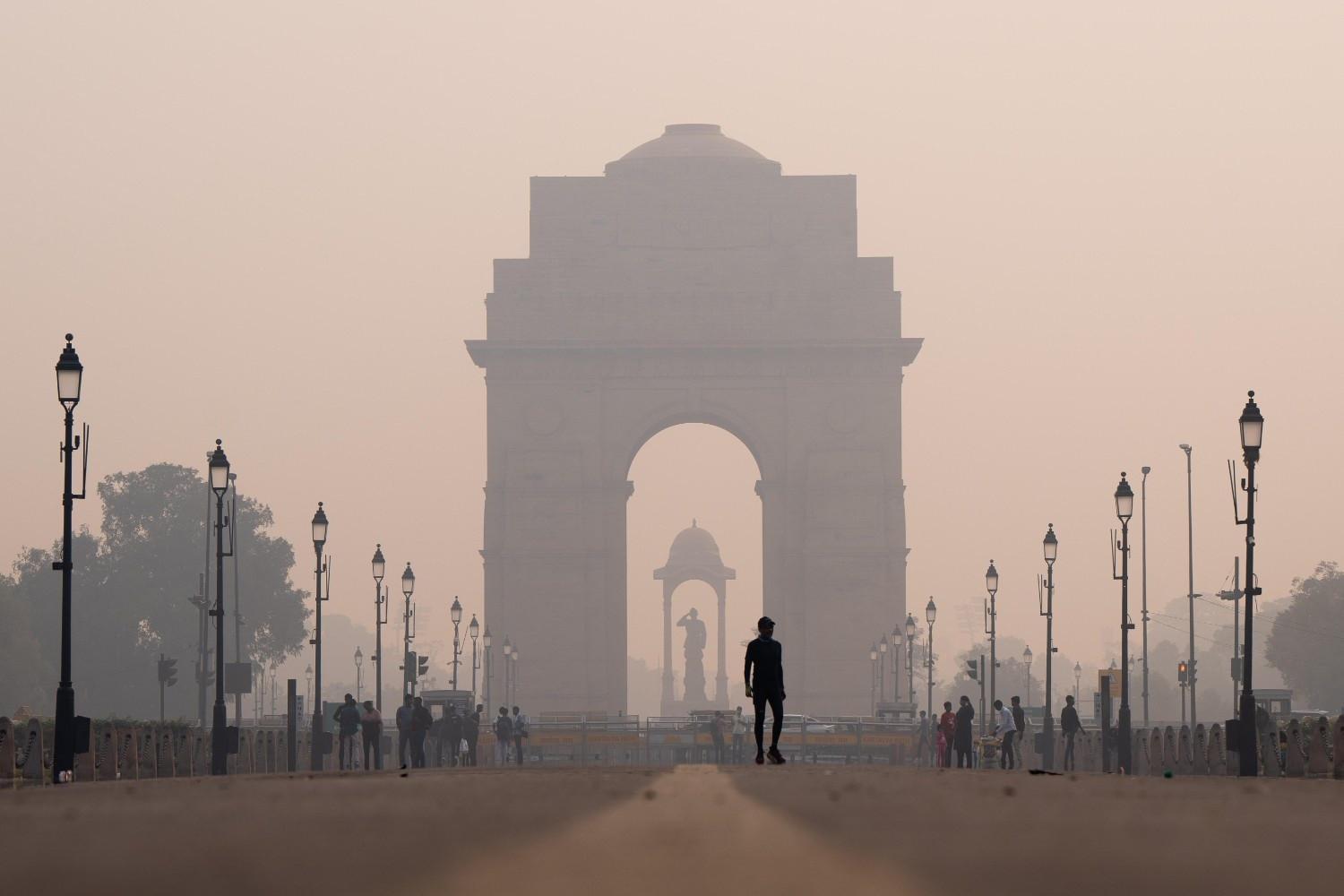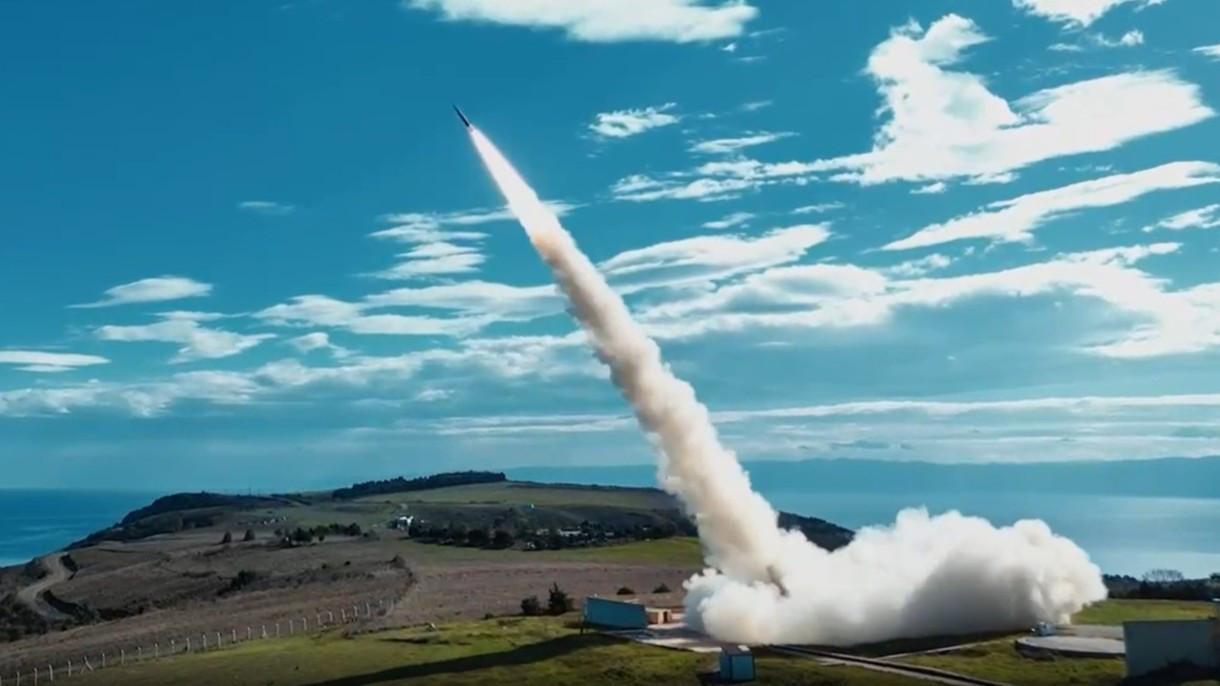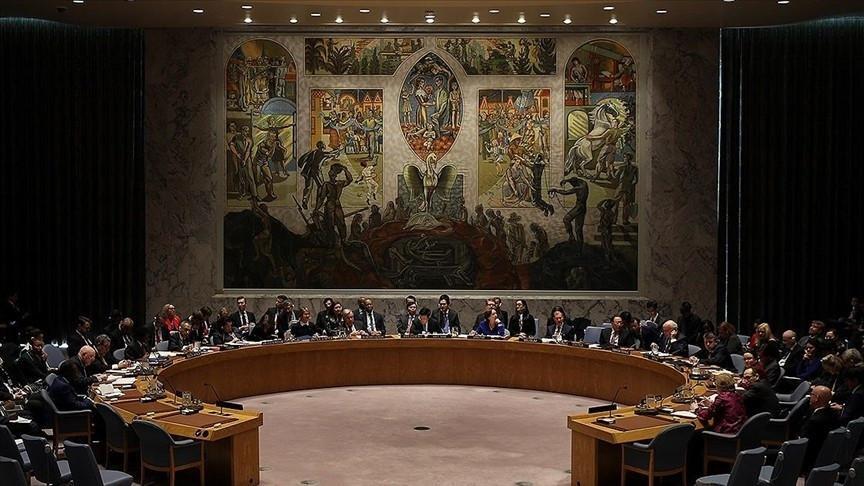India trials Delhi cloud seeding to combat deadly smog
NEW DELHI

India trialled cloud seeding over its smog-filled capital for the first time, spraying a chemical from an aeroplane to encourage rain and wash deadly particles out of the air.
Cloud seeding is the practice of using aeroplanes to fire salt or other chemicals into clouds to induce rain.
New Delhi city authorities, working with the government's Indian Institute of Technology Kanpur, launched a test run using a Cessna light aeroplane over the city's northern Burari area.
"A trial seeding flight was done... in which cloud seeding flares were fired", Delhi Minister Manjinder Singh Sirsa said in a statement.
"This flight was the proving flight for checking the capabilities for cloud seeding, the readiness and endurance of the aircraft, the capability assessment of the cloud seeding fitments and flares, and coordination among all involved agencies."
It comes ahead of a planned rollout of the scheme.
Delhi's Chief Minister Rekha Gupta said that "if conditions remain favourable, Delhi will experience its first artificial rain on Oct. 29."
New Delhi and its sprawling metropolitan region of 30 million people are regularly ranked among the world's most polluted capitals, with acrid smog blanketing the skyline each winter.
Cooler air traps pollutants close to the ground, creating a deadly mix of emissions from crop burning, factories and heavy traffic.
Levels of PM2.5, cancer-causing microparticles small enough to enter the bloodstream, at times rise to as much as 60 times U.N. daily health limits.
Pollution rose this week after days of fireworks launched to mark Diwali, the Hindu festival of lights, shooting PM2.5 levels to more than 56 times the limit.















